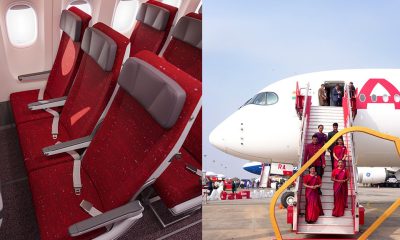Aviation
Boeing lost $2.4 billion in three months and to end 747 production and warns of job cuts
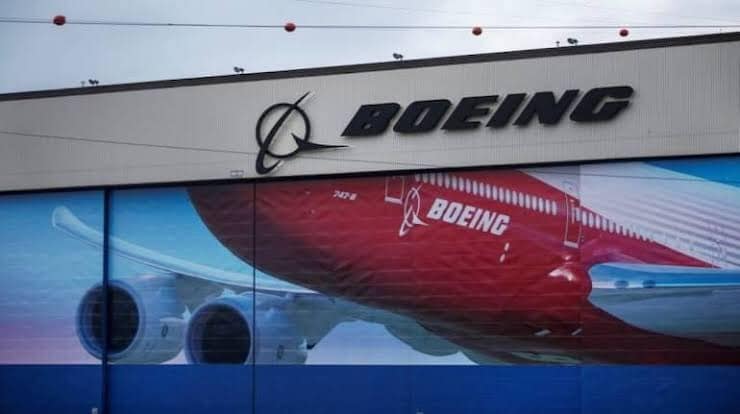
CHICAGO, July 29, 2020 /PRNewswire/ —
- Financial results continue to be significantly impacted by COVID-19 and the 737 MAX grounding
- Revenue of $11.8 billion, GAAP loss per share of ($4.20) and core (non-GAAP)* loss per share of ($4.79)
- Operating cash flow of ($5.3) billion; cash and marketable securities of $32.4 billion
- Total backlog of $409 billion, including more than 4,500 commercial airplanes
The Boeing Company [NYSE: BA] reported second-quarter revenue of $11.8 billion, GAAP loss per share of ($4.20) and core loss per share (non-GAAP)* of ($4.79), primarily reflecting the impacts of COVID-19 and the 737 MAX grounding (Table 1). Boeing recorded operating cash flow of ($5.3) billion.
“We remained focused on the health of our employees and communities while proactively taking action to navigate the unprecedented commercial market impacts from the COVID-19 pandemic,” said Boeing President and Chief Executive Officer Dave Calhoun. “We’re working closely with our customers, suppliers and global partners to manage the challenges to our industry, bridge to recovery and rebuild to be stronger on the other side.”
In the second quarter, Boeing restarted production operations across key sites following temporary pauses to protect its workforce and introduce rigorous new health and safety procedures. Despite the challenges, Boeing continued to deliver across key commercial, defense, space and services programs. The company also resumed early stages of production on the 737 program with a focus on safety, quality and operational excellence. Following the lead of global regulators, Boeing made steady progress toward the safe return to service of the 737, including completion of FAA certification flight tests.
To align to the sharp reduction in commercial market demand in light of COVID-19, the company is taking several actions including further adjusting commercial airplane production rates and reducing employment levels.
“The diversity of our balanced portfolio and our government services, defense and space programs provide some critical stability for us in the near-term as we take tough but necessary steps to adapt for new market realities,” Calhoun said. “We are taking the right action to ensure we’re well positioned for the future by strengthening our culture, improving transparency, rebuilding trust and transforming our business to become a better, more sustainable Boeing. Air travel has always proven to be resilient – and so has Boeing.”
Operating cash flow was ($5.3) billion in the quarter, primarily reflecting lower commercial deliveries and services volume due to COVID-19 and the 737 MAX grounding, as well as timing of receipts and expenditures
Cash and investments in marketable securities increased to $32.4 billion, compared to $15.5 billion at the beginning of the quarter, driven by the issuance of new debt (Table 3). Debt was $61.4 billion, up from $38.9 billion at the beginning of the quarter due to the issuance of new debt, partially offset by repayment of maturing debt.
Total company backlog at quarter-end was $409 billion.
Commercial Airplanes second-quarter revenue and operating margin decreased reflecting lower delivery volume, partially offset by a lower 737 MAX customer consideration charge of $551 million in the quarter compared to a $5.6 billion charge in the same period last year. Second-quarter operating margin was also negatively impacted by $712 million of abnormal production costs related to the 737 program, $468 million of severance expense and $133 million of abnormal production costs from the temporary suspension of operations in response to COVID-19.
The 737 program resumed early stages of production in May and expects to continue to produce at low rates for the remainder of 2020. The COVID-19 pandemic has significantly impacted air travel and reduced near-term demand, resulting in lower production and delivery rate assumptions. Commercial Airplanes expects to gradually increase the 737 production rate to 31 per month by the beginning of 2022, with further gradual increases to correspond with market demand. Estimated potential concessions and other considerations to customers related to the 737 MAX grounding increased by $551 million in the quarter. There was no material change to estimated abnormal production costs.
Commercial Airplanes has further updated its production rate assumptions this quarter to reflect impacts of COVID-19 on its demand outlook, and will continue to assess them on an ongoing basis. The 787 production rate will be reduced to 6 per month in 2021. The 777/777X combined production rate will be gradually reduced to 2 per month in 2021, with 777X first delivery targeted for 2022. At this time, production rate assumptions have not changed on the 767 and 747 programs.
Commercial Airplanes delivered 20 airplanes during the quarter, and backlog included over 4,500 airplanes valued at $326 billion.

Aviation
Boeing says 787 Dreamliner aircraft is safe
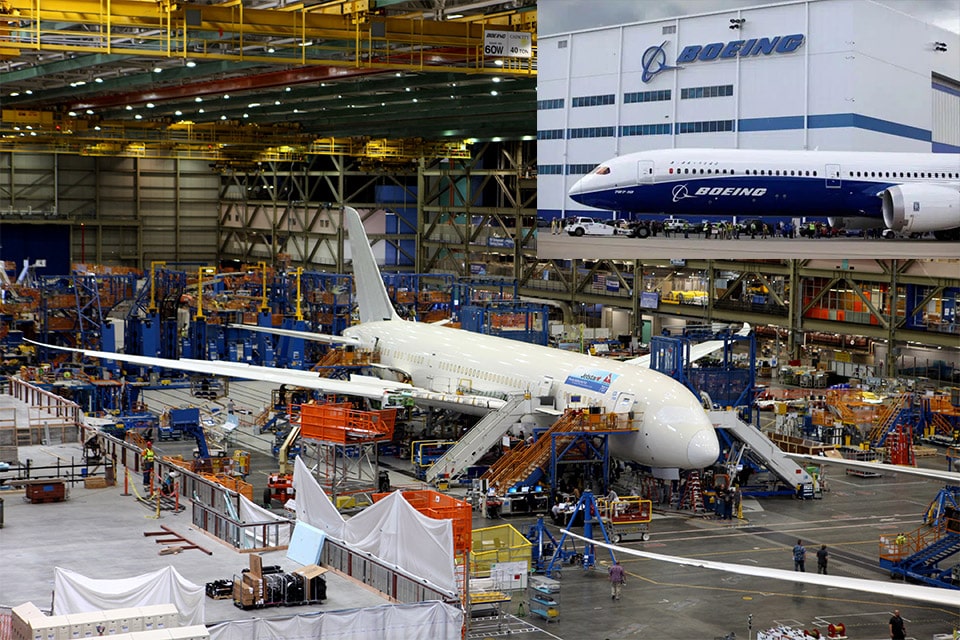
Boeing is standing firm on the safety and durability of its 787 Dreamliner aircraft despite mounting criticism and whistleblower allegations.
In response to concerns raised by whistleblowers and ahead of a congressional hearing, the aviation giant emphasized its rigorous testing protocols and asserted confidence in the integrity of its planes.
During a media briefing accompanied by a PowerPoint presentation, boeing aircraft
reiterated its confidence in the safety of both the 787 and 777 aircraft models. Senior engineers showcased extensive testing procedures aimed at refuting claims that approximately 1,400 Boeing planes may be afflicted by significant safety issues. The company addressed specific allegations, including concerns about gaps in manufacturing processes that could lead to premature fatigue failure over time.
The upcoming Senate hearing is expected to feature testimony from Boeing engineer Sam Salehpour, who has publicly criticized boeing airplanes safety practices and alleged retaliation for speaking out. Salehpour’s claims, currently under investigation by the FAA, include allegations of workers resorting to extreme measures during assembly, such as “jumping on pieces of the airplane” to align them.
Boeing officials stressed that thorough inspections of nearly 700 in-service Dreamliner jets revealed zero airframe fatigue findings, even after six and twelve years of heavy maintenance inspections. These results have been shared with the FAA, according to Boeing’s chief engineer, Steve Chisholm. He emphasized that the materials used in the construction of the 787 were specifically chosen for their resistance to fatigue and corrosion.
In response to Salehpour’s accusations of shortcuts in assembly processes, boeing planes
acknowledged instances where shims were not of the proper size and where areas did not meet skin-flatness specifications. However, the company dismissed claims of excessive force during assembly, stating that such practices were not part of their standard procedures.
Aviation
How to Utilize American AAdvantage Miles for Etihad Flights
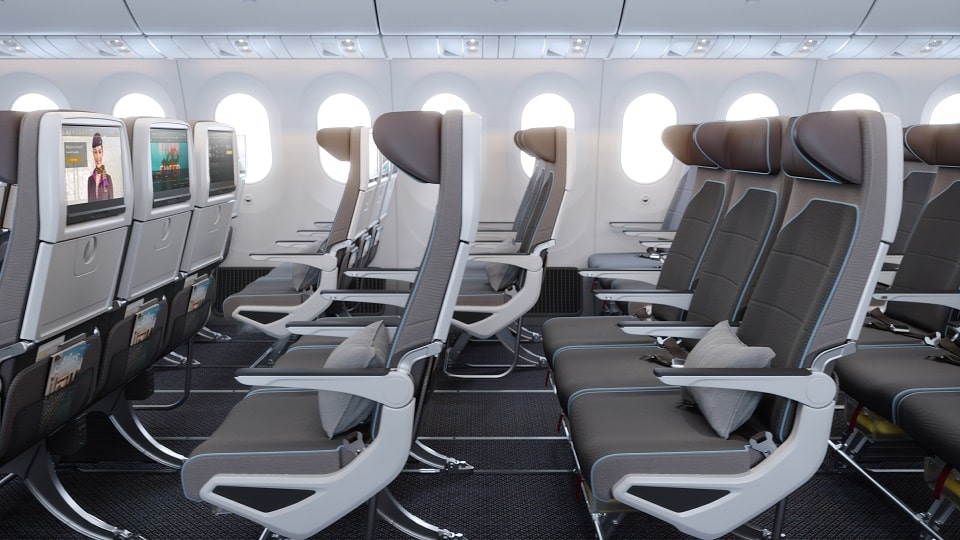
Are you eager to make the most of your American AAdvantage miles by exploring exotic destinations served by Etihad Airways? Look no further! This guide will walk you through the process of redeeming your AAdvantage miles for Etihad flights, ensuring you unlock the full potential of your rewards.
Etihad Airways’ partnership with American Airlines opens up a world of possibilities, allowing travelers to access a wider range of destinations and flight choices. jetnet american airlines What’s more, passengers can earn AAdvantage miles for their Etihad flights, enhancing the value of their travel experiences.
To start earning Etihad Guest miles, one convenient option is through credit card rewards. While Etihad doesn’t offer a U.S.-based cobranded credit card, you can seamlessly transfer rewards from renowned programs like American Express Membership Rewards, Capital One, and Citi ThankYou Rewards at a 1:1 ratio.
Once you’ve accumulated your miles, it’s time to embark on your Etihad journey. But how do you ensure your flights are credited to your American AAdvantage account? concierge key american airlines Fear not, for the process is simple. After your Etihad flights, wait at least three days before requesting to add them to your AAdvantage account. Utilize the provided form, entering your AAdvantage number and the 13-digit ticket number. Additional information may be required, readily available on your boarding pass stub or ticket receipt.
Etihad Airways boasts an extensive network, particularly in North America, with flights to major cities including Boston, Chicago, New York, Toronto, and Washington. Whether your wanderlust leads you to the Maldives, India, Sri Lanka, or South Africa, Etihad can serve as your gateway to these captivating destinations.
Now, let’s talk redemption. If you’re eyeing the dream of using your AAdvantage miles for etihad airport, rest assured, the process aligns with the standard AAdvantage partner award chart. To provide clarity, consider these examples of one-way business aa pricing:
- From the United States to the Middle East and India for 70,000 miles
- Venture from the United States to Africa for 75,000 miles
For those seeking the epitome of luxury in first class
- Luxuriate in a flight from Abu Dhabi to London for 62,500 miles
- Indulge in a journey from Abu Dhabi to New York for 115,000 miles
With these redemption options, your AAdvantage miles can transform into unforgettable travel experiences aboard Etihad Airways.
Aviation
Is Russia’s dream of competing with Airbus and Boeing turning into a nightmare? Russian MC21 delay
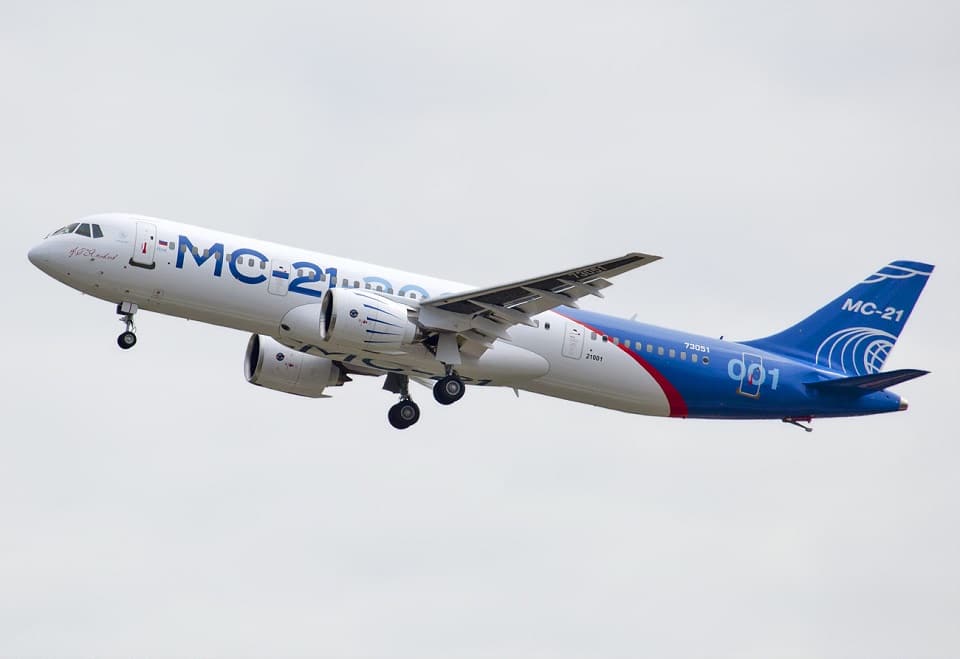
The much-anticipated Russian competitor to Airbus A320neo and Boeing 737 MAX, the Yakovlev MC-21, is encountering yet another setback as its first deliveries are pushed back to 2025 or 2026.
Rostec CEO Sergei Chemezov disclosed the extended timeline, underscoring the ongoing challenges plaguing Russia’s aerospace industry.
Originally slated for delivery to the state-owned Aeroflot group in 2022, the MC-21’s schedule has been repeatedly pushed back, with 2024 being the subsequent target. However, amidst the aftermath of Russia’s involvement in Ukraine and ensuing international sanctions, the project has faced significant hurdles.
The conflict in Ukraine has triggered sanctions from the United States, European Union, and other Western nations, severely impeding Russia’s aerospace sector. Access to vital components and technology has been curtailed, impinging upon the MC-21’s development and production. The situation necessitated a shift away from reliance on foreign elements, with a focus on domestic alternatives to mitigate the impact of sanctions.
Initially hailed for its groundbreaking design featuring an innovative composite wing and reliance on foreign components like the Pratt & Whitney PW1400G engines, the MC-21 project has to adapt swiftly in the face of mounting challenges. The recent wave of sanctions has intensified the isolation of Russia’s aerospace sector, underscoring the pressing need for self-reliance in aircraft production.
Looking ahead, Rostec envisions a more optimistic trajectory, expressing its intent to ramp up production to 72 aircraft annually by the year 2029. Yet, achieving such aspirations hinges upon overcoming the multifaceted hurdles posed by ongoing sanctions and geopolitical tensions.
























